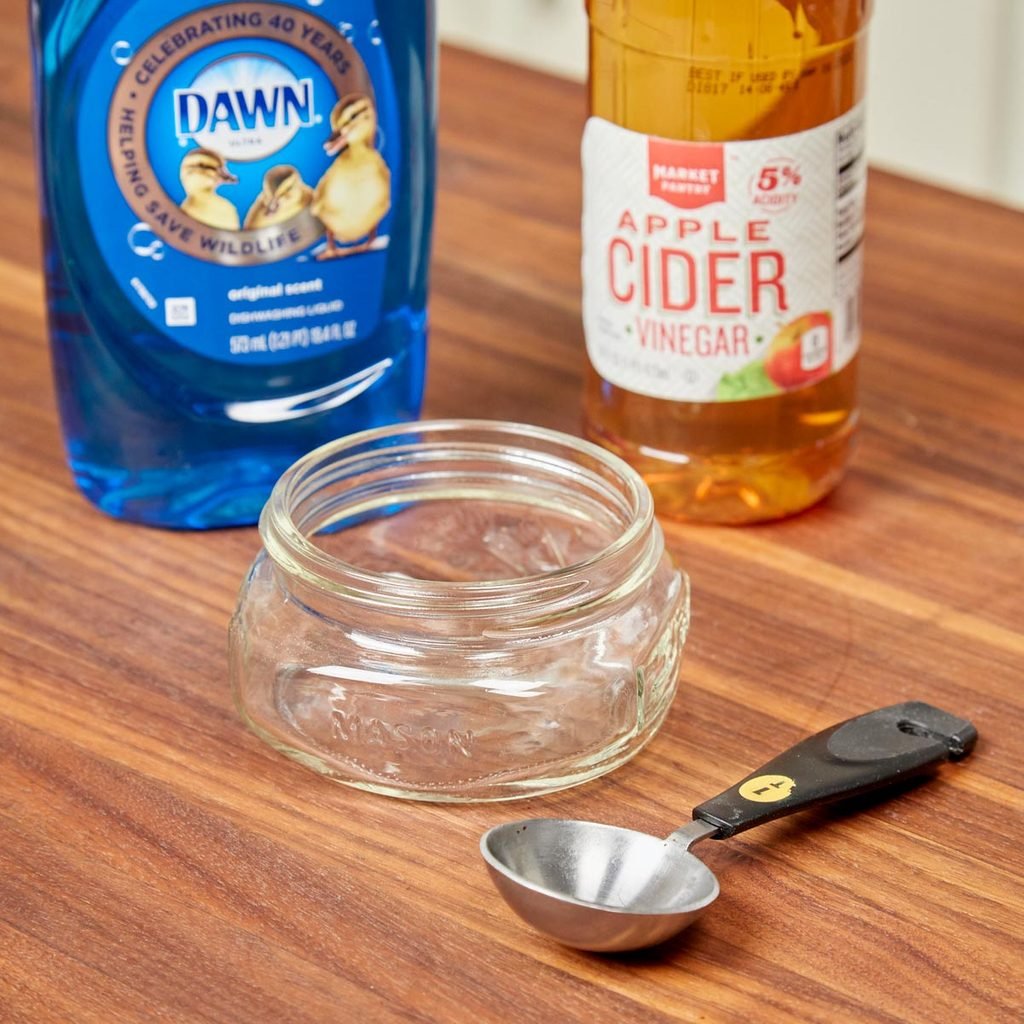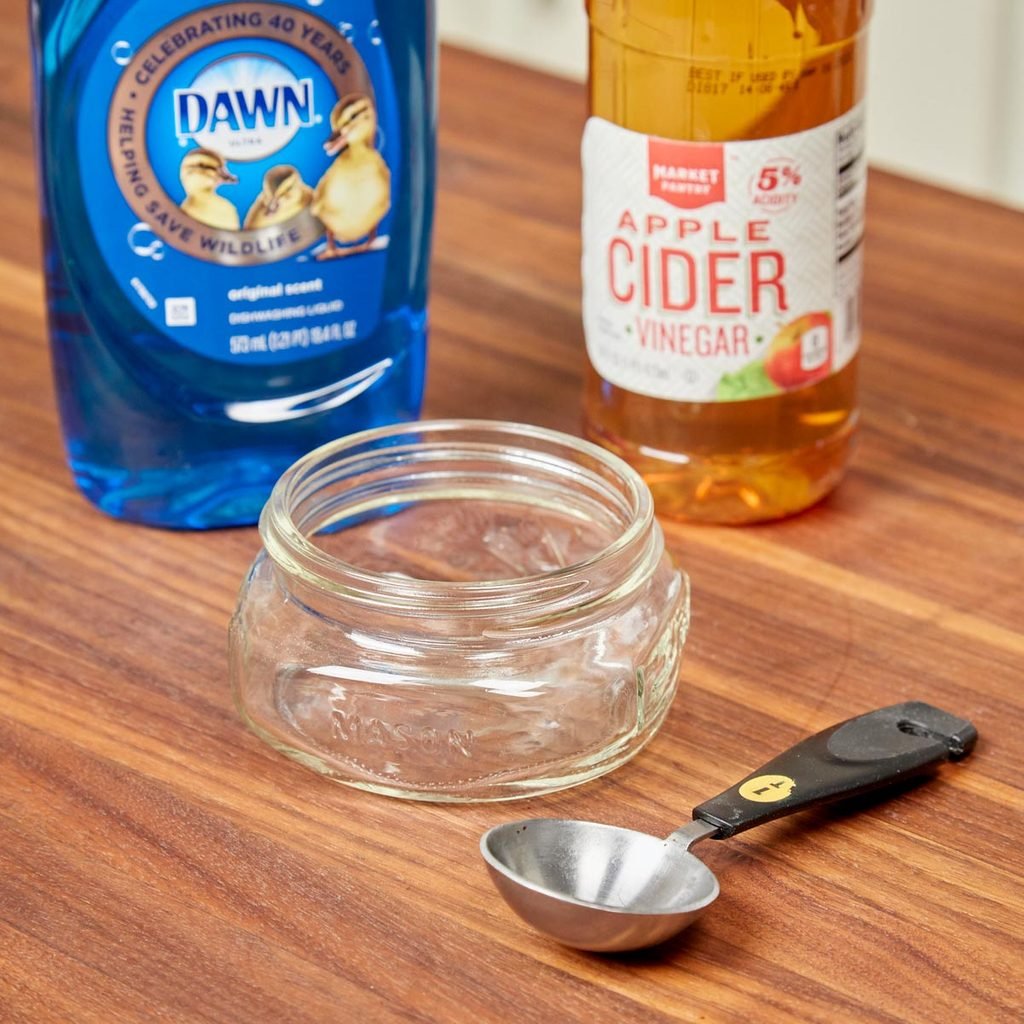Gnat trap DIY is a simple and effective way to control pesky gnats in your home and garden. These tiny insects can be a nuisance, buzzing around your head and leaving behind itchy bites. But with a little creativity and some common household items, you can easily build your own gnat trap and banish these pesky pests for good.
This guide will walk you through everything you need to know about building DIY gnat traps, from choosing the right materials to setting up your trap for optimal results. We’ll explore different designs, bait options, and even provide tips for troubleshooting common problems. Whether you’re dealing with fruit flies, fungus gnats, or other types of gnats, this guide will equip you with the knowledge to create your own effective gnat trap.
DIY Gnat Trap Materials

Creating a DIY gnat trap is a simple and effective way to get rid of these pesky insects. You can use common household items to create a trap that will attract and capture gnats, eliminating them from your home.
Common Household Items for Gnat Traps, Gnat trap diy
The effectiveness of gnat traps relies on understanding their behavior and using materials that attract or trap them.
- Vinegar: Gnats are attracted to the fermented smell of vinegar. It’s a key ingredient in many gnat traps.
- Dish Soap: Adding a few drops of dish soap to your vinegar solution helps to break the surface tension of the liquid, preventing gnats from escaping.
- Fruit: Overripe fruit like bananas or melons releases ethylene gas, a natural attractant for gnats.
- Sugar: Gnats are drawn to sugary substances, making sugar a good bait for your trap.
- Plastic Bottles: You can repurpose plastic bottles to create a simple gnat trap. The bottle’s shape and size make it easy to funnel gnats into the trap.
- Paper: You can use paper to create a funnel that guides gnats into your trap.
- Rubber Bands: Rubber bands are useful for securing your trap materials and ensuring the trap remains airtight.
- Scissors: You’ll need scissors to cut and shape the materials for your gnat trap.
Baiting Your Gnat Trap: Gnat Trap Diy
The most crucial part of your gnat trap is the bait. This is what will lure the gnats in and ensure they are caught. The right bait can make the difference between a successful trap and a useless one.
Types of Bait
The type of bait you choose will depend on the type of gnats you are trying to trap. However, there are some general guidelines that can help you choose the best bait for your needs.
- Fruit: Gnats are attracted to the sweet smell of ripe fruit, so using fruit as bait is a common and effective method. Some popular choices include bananas, apples, melons, and grapes.
- Vinegar: Vinegar is another effective bait for gnats. The acidic smell of vinegar is irresistible to many gnats. You can use apple cider vinegar, white vinegar, or even balsamic vinegar.
- Yeast: Yeast is a great bait for gnats because it produces carbon dioxide, which attracts them. You can use active dry yeast or even bread yeast.
- Sugar: Sugar is a simple carbohydrate that gnats love. You can use white sugar, brown sugar, or even honey.
Natural vs. Synthetic Baits
Natural baits are often the most effective because they are derived from sources that gnats are naturally drawn to. However, they may not be as long-lasting as synthetic baits. Synthetic baits are designed to be more durable and may attract a wider range of gnats.
- Natural Baits:
- Fruit: As mentioned previously, fruit is a great natural bait for gnats. It is readily available and can be used in various ways.
- Vinegar: Another natural bait, vinegar is readily available and effective in attracting gnats.
- Yeast: Yeast is a natural source of carbon dioxide, which is attractive to gnats.
- Sugar: Sugar is a simple carbohydrate that gnats find appealing.
- Synthetic Baits:
- Gnat Traps: Commercial gnat traps often contain synthetic attractants designed to lure gnats. These traps can be very effective, but they may also be expensive.
- Insecticides: Some insecticides are specifically designed to attract and kill gnats. These insecticides can be effective, but they can also be harmful to other insects and wildlife.
Pros and Cons of Different Baits
| Bait Type | Pros | Cons |
|---|---|---|
| Fruit | Effective, readily available, natural | May attract other insects, can rot quickly |
| Vinegar | Effective, readily available, natural | Can be smelly, may attract other insects |
| Yeast | Effective, readily available, natural | Can be messy, may not be as effective as other baits |
| Sugar | Effective, readily available, natural | Can be messy, may attract other insects |
| Commercial Gnat Traps | Effective, long-lasting | Can be expensive, may not be as environmentally friendly |
| Insecticides | Effective, quick-acting | Can be harmful to other insects and wildlife, may not be environmentally friendly |
Troubleshooting Gnat Traps
Even the most well-designed DIY gnat trap can encounter problems. Understanding common issues and their solutions can significantly improve your trap’s effectiveness. This section provides practical advice on troubleshooting gnat traps and optimizing their performance.
Ineffective Trapping
Ineffective trapping is a common issue with DIY gnat traps. Several factors can contribute to this, including improper placement, inadequate bait, or the presence of other attractants in the environment.
- Placement: Gnats are attracted to moisture and warmth. Ensure your trap is placed near areas where gnats are most active, such as near drains, garbage disposals, or damp areas. Avoid placing the trap in direct sunlight, as this can evaporate the bait and make it less effective.
- Bait: The type and freshness of the bait are crucial. Ensure you are using a bait that is attractive to gnats and that it is fresh and potent. If the bait is old or spoiled, it may not attract gnats effectively.
- Other Attractants: If your trap is near other attractants, such as overflowing garbage cans or standing water, the gnats may be drawn to these sources instead of your trap. Try to eliminate these attractants or relocate your trap to a less-competitive location.
Bait Spoilage
Bait spoilage can significantly reduce the effectiveness of your gnat trap. Spoiled bait can attract unwanted insects and make the trap less appealing to gnats.
- Frequency: Replace the bait regularly, especially in warm weather. The frequency of replacement will depend on the type of bait and the ambient temperature.
- Storage: Store your bait in a cool, dry place to prevent spoilage. This will help to prolong its effectiveness.
- Container: Use a container that is easy to clean and prevents the bait from spilling or becoming contaminated.
Trap Maintenance
Regular trap maintenance is essential for optimal performance. This includes cleaning the trap and ensuring it is free of debris.
- Cleaning: Clean the trap regularly with soapy water to remove any accumulated debris or insects. This will prevent the trap from becoming clogged and ensure it remains effective.
- Debris Removal: Remove any dead gnats or other debris from the trap to prevent them from attracting other pests or interfering with the trap’s effectiveness.
- Repairs: Repair any damage to the trap, such as cracks or holes, as these can reduce its effectiveness and make it less appealing to gnats.
Optimizing Trap Performance
By following these tips, you can optimize your gnat trap’s performance and effectively control gnat populations:
- Multiple Traps: Use multiple traps, strategically placed throughout the affected area. This will increase your chances of catching more gnats and reducing the infestation.
- Target Specific Species: Some gnat species are more attracted to specific baits than others. Research the types of gnats you are dealing with and select the appropriate bait.
- Environmental Factors: Consider the environmental factors that may be attracting gnats to your area, such as standing water or overflowing drains. Address these issues to reduce the overall gnat population.
Addressing Specific Gnat Infestations
Different gnat species may require different approaches.
- Fruit Flies: Fruit flies are attracted to fermenting fruit and vegetables. Use a bait trap containing overripe fruit or a solution of apple cider vinegar and dish soap. Keep fruits and vegetables stored in the refrigerator or in airtight containers to prevent fruit flies from breeding.
- Drain Flies: Drain flies are attracted to moist environments, such as drains and sewers. Clean drains regularly and use a drain cleaner to remove any organic matter. Ensure that drain traps are working properly and that there are no leaks or standing water.
- Fungus Gnats: Fungus gnats are attracted to moist soil and decaying organic matter. Use a bait trap containing a solution of apple cider vinegar and dish soap. Allow the soil to dry out between waterings and avoid overwatering plants.
Conclusion
Building a DIY gnat trap can be a cost-effective and environmentally friendly way to control these pesky insects in your home.
By using readily available materials and simple techniques, you can create a trap that effectively attracts and eliminates gnats without resorting to harsh chemicals or expensive pest control services.
Benefits of DIY Gnat Traps
DIY gnat traps offer several advantages over commercially available options:
- Cost-effectiveness: DIY gnat traps are significantly cheaper than store-bought traps, especially in the long run. You can reuse the materials and replenish the bait as needed.
- Environmental friendliness: By avoiding chemical pesticides, you minimize the risk of harming beneficial insects and pollinators, as well as your pets and family.
- Customization: You can tailor the design and bait to target specific types of gnats and adjust the trap to fit your specific needs and preferences.
- Educational experience: Building a DIY gnat trap is a fun and educational project that can teach you about insect behavior and pest control methods.
Experimenting with DIY Gnat Traps
Don’t be afraid to experiment with different designs and techniques. The possibilities are endless! Try different bait combinations, experiment with different trap shapes and sizes, and see what works best for your situation.
You can find inspiration from online resources, gardening forums, and even from your own creativity. The key is to keep testing and refining your trap until you find a solution that effectively controls the gnat population in your home.
Resources for Further Information and Support
If you need further information or support, there are many resources available online and in your community:
- Gardening forums and websites: Many gardening forums and websites offer valuable advice and tips on pest control, including gnat traps.
- Local extension services: County extension services often provide free consultations and educational resources on pest management.
- DIY communities: Online communities dedicated to DIY projects and crafts can offer creative ideas and solutions for building gnat traps.
Epilogue
By embracing the DIY approach to gnat control, you can take charge of your environment and enjoy a pest-free space. Whether you opt for a classic vinegar trap or experiment with more creative designs, the satisfaction of crafting your own solution is truly rewarding. Remember, gnat traps are just one part of a comprehensive pest management strategy. Combine your DIY traps with other methods, such as keeping your home clean and reducing sources of moisture, for the best results.
